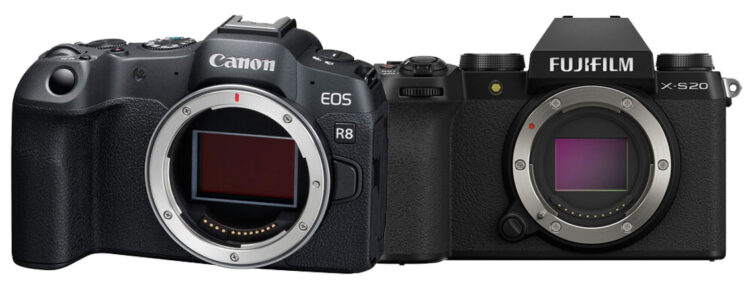
1. Sensor resolution and sensor size
The Canon R8 camera features the same sensor that we have seen in the R6 Mark II, the full-frame 24-megapixel Dual Pixel CMOS autofocus sensor of the 2nd generation. Inside the Fuji X-S20 camera, we have an APS-C sensor of 26 megapixels.
As usual, the larger pixels tend to capture more light than the smaller ones. We have a Fuji APS-C sensor with a denser megapixel network, and in Canon’s full-frame sensor, we have only 24 megapixels. But at the same time, we also have to consider that there is a technological difference. Fuji is using a BSI sensor and Canon is using an FSI CMOS sensor.
Fuji X-S20 vs Canon R10 – The 10 Main Differences
| Model Name | Canon R8 | FUJIFILM X-S20 |
| Sensor Resolution | Effective: 24.2 Megapixel | Effective: 26.1 Megapixel |
| Image Sensor | 35.9 x 23.9 mm (Full-Frame) CMOS | 23.5 x 15.6 mm (APS-C) CMOS |
| Image Stabilization | None | Sensor-Shift, 5-Axis |
| Built-In ND Filter | None | None |
| Capture Type | Stills & Video | Stills & Video |
This technology difference may make an impact on image quality, but image quality can also be affected by the laws of physics.
36.00µm2 vs 14.12µm2 approx 154% larger pixel area
So the big question is whether the 26-megapixel sensor will perform better in low light due to the BSI sensor technology or if a full-frame sensor with a 24-megapixel resolution will perform better. Let’s find out in the test.
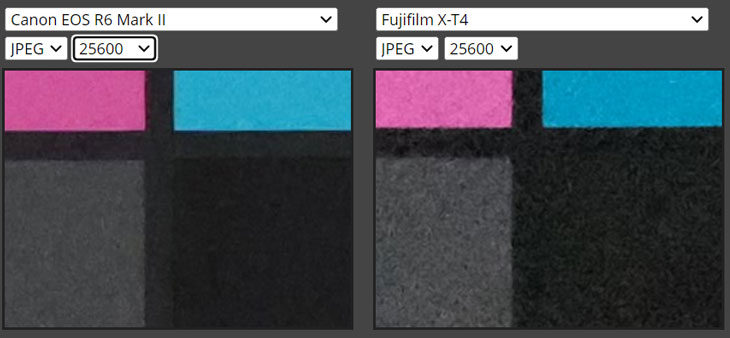
At ISO 25600, it is very clear that Canon R8 photos are preserving more detail compared to the Fuji X-S20. As you can see in the image, the color blocks are very well maintained and the details are preserved.
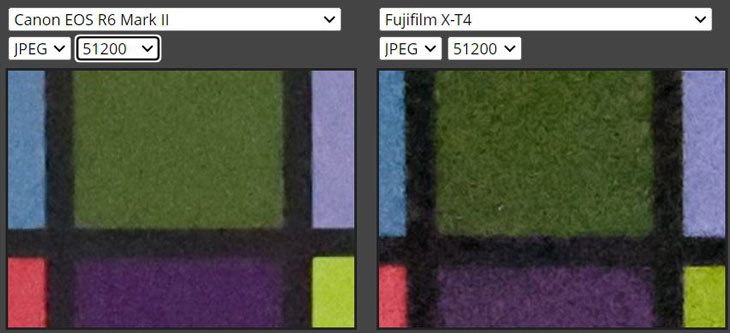
At ISO 51200, the Fuji X-S20 camera again fails to impress, with Canon R8 preserving more details even at higher ISOs compared to Fuji’s X-S20.
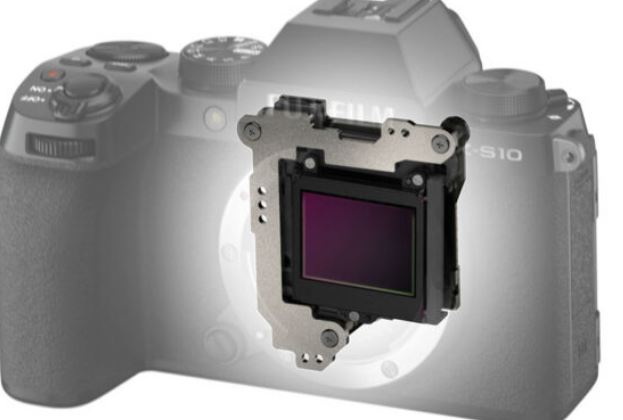
2. Sensor shift image stabilization
Fuji xs20 camera features a sensor-shift image stabilization system which is completely absent in Canon R8. One of the biggest advantages we have is the ability to use slower shutter speeds in low-light environments, resulting in better light efficiency, more light to the sensor, and hence cleaner images.
So in practical situations, if one knows how to use the image stabilization system properly in combination with the shutter speed of the camera, they may have better output than a full-frame camera without an image stabilization system.
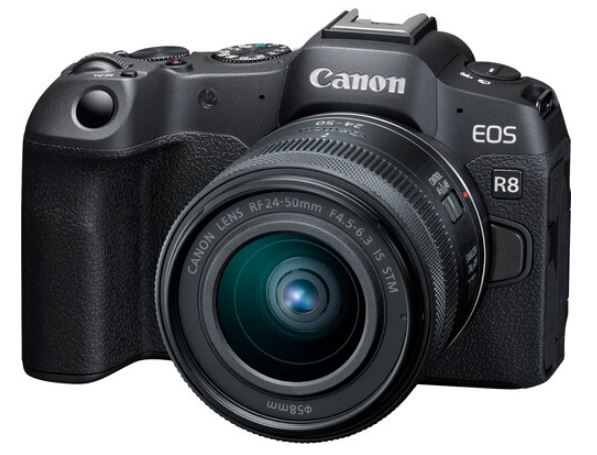
3. AUTO FOCUSING SYSTEM
| Canon R8 | Fuji X-S20 |
|
Canon R8 AF Points on Sensor: 4897 Number of cross-type focus points: 1053 ( AF frame zones) Class Leading AI AF technology coming straight out from Canon R3 AF system MAX Brust speed 40 FPS @ full Res. AI/AF support (JPEG only) MAX Brust speed 30 FPS @ full Res. AI/AF support (JPEG + cRAW) |
Fuji X-20 AF points: 425 HYBRID Uses the Same AI AF as of Fuji X-H2s Camera Now in auto mode, the camera can detect and track drones and insects too. MAX 30 FPS with 1.5x CROP AI/AF support MAX 20 FPS @ Full Res. AI/AF support (RAW + JPEG) |
From this specification analysis, it is obvious that the Canon R8 camera features an advanced autofocus system. For sports shooters or wildlife photographers, it is recommended to get the Canon R8 camera with lenses like 100-400 (Budget zoom). But if you are a daily life photographer, event shooter, wedding photographer, street shooter, portrait or fashion photographer, you will actually feel no issue while working with the autofocus system of the Fuji X-S20.
So for sports and wildlife photography, it is more recommended to get the Canon R8 camera, and for others, you can buy either of these two cameras.
4. Weather sealing in Canon
The Canon R8 camera is a weather-sealed camera, so it allows you to work in adverse situations where you may feel a bit worried about taking out your camera from your bag. But at the same time, the Fuji X-S20 is not weather-sealed, so you have to keep this in mind before buying either of these two cameras.
5. Double battery life of Fuji X-S20
With the Fuji X-S20 camera, you are getting approximately 750 shots per charge since, for the first time, they have used a professional-level battery in a mid-range APS-C series camera. However, you have to feel some limitations because the battery life of the Canon R8 camera is limited to 290 shots in a single charge. For those who mostly shoot outdoors, such as travel photographers, they must keep an extra battery pack for Canon cameras. The good thing is that both cameras allow you to charge via USB even when you are shooting
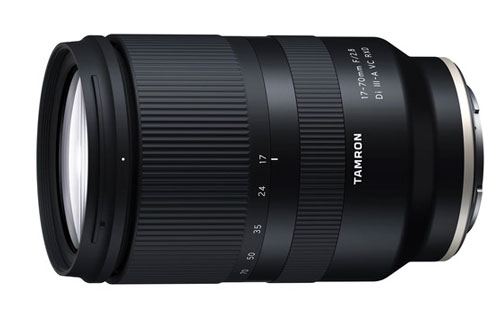
Get Tamron 17-70mm RXD Lens form Fuji X-S20 Camera – AMAZON.com | B&H Store
6. Open lens mount support:
The Fuji X-S20 camera has open lens mount support that Canon R8 doesn’t have. As a result, the availability of lenses in Fuji X mount is huge and at the same time, they are affordable when compared with Canon full-frame lenses that you have to buy with the Canon R8 camera.
So if you are interested in the Canon R8 camera, you have to keep an extra budget for collecting all the essential lenses for your camera. Otherwise, while working with variable aperture kit zoom lenses, you will never achieve the optimum image quality of the camera
So which camera you should buy as a photographer?
Yes, you can buy the Canon R8 camera in 2023, but you have to keep a few things in mind.
- The camera does have a full-frame sensor, resulting in better low light performance. But at the same time, you have to mostly buy OIS lenses to have proper output since the camera body doesn’t have any sensor stabilization system.
- The biggest issue that I see is the locked lens mount of Canon, so we have limited options at a higher price range. For lenses, you have to keep your budget at a different level so you can buy the set of lenses you actually require for your work.
- And the biggest advantage that you will have in your hands after having the Canon R8 camera is a class-leading autofocus system directly coming from the Canon R3 flagship model. This not only helps for still shooting but also incredibly helps for capturing videos.
Should you buy the Canon R8 camera in 2023?
So if you would like to buy the Canon R8 camera, there are only two things that affect me before directly recommending it to you. The first thing is the locked lens mount and the other thing for a photographer is the lack of an IBIS mechanism. For this, you have to keep a bigger budget and for the lack of an IBIS mechanism, you have to follow some rules like the shutter speed rule that you should keep while using different focal length-based lenses. So you will manage to get some sharp output from this camera. Otherwise, it’s an excellent camera at this price range.
So we have already discussed the still part of both the camera now discuss the video part
7. Best Cameras for capturing videos – Canon R8 vs Fuji X-S20
The Fuji X-S20 camera offers 6K video recording in an open gate format. Now we all know that nowadays 3:2 format videos are not that usable. With the Fuji X-S20 camera, you are also able to record 5.2K videos in the 16:9 standard format. Fuji is the only camera that offers 5.2K video recording in this price range with full-time autofocus support from third-party lens makers.
So these two advantages are completely absent in the Canon R8 camera.
Now let’s talk about the common strength of both cameras in video mode. The Canon R8, as well as the Fuji X-S20, both allow you to record 4K videos up to 60 frames per second uncropped. You can record 4K 60 FPS video in 4:2:2, 10-bit format inside your camera. Both cameras offer you the use of their C-Log and F-Log modes to extract the maximum out from the video mode.
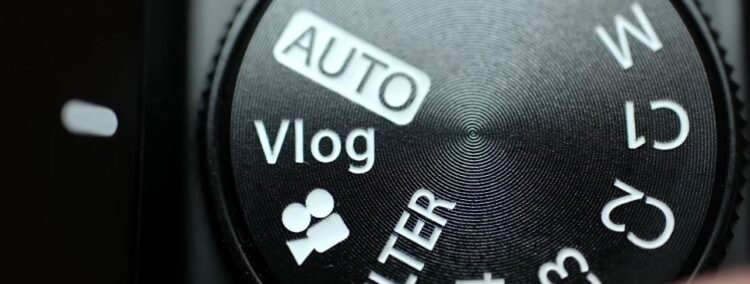
8. Dedicated VLOG Mode
Now let’s talk about a dedicated Vlog mode and more dial present on top of the camera. Fuji engineers worked hard to impress the new generation of content creators and for those, they have not only placed a dedicated Vlog menu on top of the camera but they have also designed a brand new user interface for content creators or those who are coming straight out from a smartphone.

In the new content creator menu, you will easily find the product showcase mode, face tracking priority mode and in different blocks of the content creator menu, it’s very easy to operate the camera and to switch to different modes which are not present right now in the Canon R8 camera.
9. IBIS for video and content creation
Finally, in video mode, we are also having the support of a mechanical image stabilization system in Fuji so that would be a great help when you are working and creating content or shooting cinematography with your camera. The IBIS mechanism will help you a lot in capturing stable footage from your camera.
Again, an open lens mount is one of the biggest factors to recommend Fuji over Canon right now. You have a huge range of lenses to select from which includes wide-angle lenses.
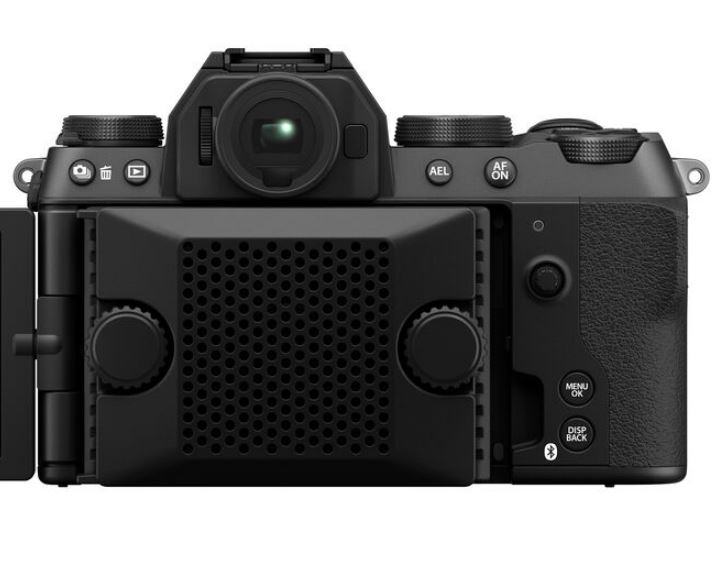
10. External fan
With the Fuji X-S20 camera, you get an option to add an external fan. So in case it overheats when you are shooting in the summer months of June and July, the external fan will double the shooting time length of your camera whether you are shooting in 4K or 5.2K. No such extension is available in the Canon R8 camera although we didn’t receive any major overheating issues related to it.
Let’s talk about which camera is best for videographers, cinematographers, and content creators.
Best Camera For videographers and cinematographers,
Both cameras are highly usable. Specifically, if you are working in an uncontrolled light environment, then you might have the advantage of the Canon full-frame sensor. The camera is capable of recording 4K 60fps videos and due to the large pixels, you will have slightly better low-light performance when compared to the APS-C crop sensor of the Fuji camera.
However, there are two disadvantages.
- One is the absence of an image stabilization mechanism that restricts its handheld use while shooting videos.
- The second disadvantage for videographers is the absence of a proper lens range in your budget.
Why you should prefer the Fuji X-S20 over the Canon R8 for videography and cinematography?
- The big reason to buy the Fuji X-S20 camera is its ability to record 5.2K videos at 16:9 format at a rate of 30 frames per second.
- Despite having an APS-C CMOS sensor, the overall bitrate is 360 Mbps which is a bit more than Canon R8’s 340 Mbps. This directly means you are getting more color information resulting in enhanced video quality. The only disadvantage that we have discussed is that you may face some low light disadvantages due to the limited APS-C sensor size. But if you are shooting in low light, it’s recommended to use Fuji’s F-Log2 (claim to have 13 stops of DR) to extract the maximum quality possible from a given scene.
- The biggest known advantage while using the X-S20 camera is the availability of a huge range of lenses from third-party lens makers.
- presence of an image stabilization system that helps you get stable footage on the move and at the same time,
- the ability to add an external fan to double the recording time.
Best camera for content creators at this price range:
The Fuji X-S20 camera is the best camera we know for content creators at this specific price. Now, Fuji’s autofocus system is much improved and it features multiple autofocus modes for content creators. At the same time, we have a dedicated content creator menu that you can operate efficiently, and as usual, there is a range of lenses for you. More or less, the X-S20 has now become the best and most highly recommended camera for content creators.
Get Canon R8 Camera from Amazon and B&H Store
Fuji Film X-S20 – Camera $1299 [Body Only B&H] [Amazon.com] | 15-45mm Lens $1399 [B&H Store] [Amazon.com]






